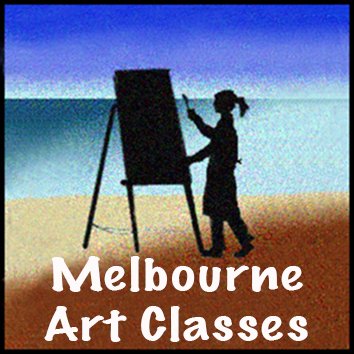FLESHING-OUT STICK FIGURES
The purpose of this section is to encourage the learner to take a look at each main part of the human body, and study its basic anatomical structure (if you are serious about drawing figures, you should have, by now, either bought or borrowed a good book on Anatomy for Artists: my favourite is Sarah Simblet's by DK Publishing, but you may find another that suits you.
Many students starting out with figure drawing, will copy the drawings and paintings of other artists. This can be good practice, but a few words of caution. Firstly, if you are relying on low-resolution internet images of other artists' work, a lot of important information may be missing which can lead to disappointment.(a bit like that game called 'Chinese whispers' where the information starts out as one thing and by the time it has been perceived and interpreted and reproduced a number of times, it just does not look like the original subject).
Secondly, if you don’t do your own purposeful study of the underlying structures, many little errors in re-drawing can be made as you will not know what that particular bump, highlight or shadow is actually representing, hence you won't see the errors.
FLESHING OUT YOUR STICK MAN (OR WOMAN)
Before attending life drawing sessions (where there is a live model doing a range of poses over various lengths of time), It is my belief that a student benefits first in drawing many basic proportionally correct stick and oval figures, both static and in various positions, ie. fleshed out figures and gesture sketches from a mannikin or photos.
Get a basic feel for the outlines of an average male and an average female form by fleshing out stick figures. As you study each part separately and more in-depth, you will build on the underlying structures in different areas and this will help you define more and more detail.
Some teachers use geometric shapes to build the forms first, then move on to refining each part from there.


